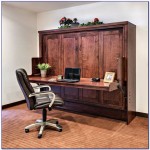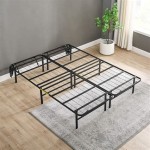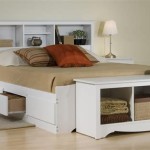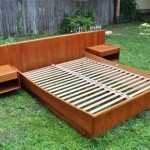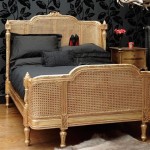Is Plywood Good for Bedroom Walls?
Plywood, a versatile and durable material, has earned its place in construction and DIY projects. Its strength and affordability make it a popular choice for various uses, but can it be a suitable option for bedroom walls? This article will explore the pros and cons of using plywood for bedroom walls, providing comprehensive information to assist homeowners in making informed decisions.
Advantages of Plywood for Bedroom Walls
Plywood offers several benefits for bedroom wall applications, making it an attractive option for some homeowners.
1. Strength and Durability:
Plywood's layered construction provides exceptional strength and durability, making it resistant to impact and stress. This robust nature makes it an ideal choice for areas that might experience occasional bumps or scrapes, ensuring a long-lasting finish.
2. Moisture Resistance:
Plywood is inherently more moisture-resistant than other materials like drywall. This property is particularly beneficial for bedrooms prone to fluctuations in humidity, ensuring the walls remain stable and less susceptible to warping or damage.
3. Sound Insulation:
Plywood's denser structure offers improved sound insulation compared to thinner materials. This is crucial for bedrooms, as it helps create a more peaceful and private environment by reducing noise transmission from outside or other rooms.
4. Versatility:
Plywood's adaptable nature allows for various finishes and applications. It can be painted, stained, or covered with wallpaper, making it easy to achieve the desired aesthetic for any bedroom style.
Disadvantages of Plywood for Bedroom Walls
While plywood offers several benefits, it is essential to consider its drawbacks before deciding if it's the right choice for bedroom walls.
1. Weight and Installation Complexity:
Plywood sheets are relatively heavy, which can pose challenges during installation. Additionally, proper securing and finishing require expertise and specific tools, potentially increasing the cost of labor or DIY complexity.
2. Difficulty in Cutting and Shaping:
While plywood can be cut and shaped, it requires specialized tools and precision, compared to materials like drywall, which is easier to manipulate. This could present difficulties for intricate designs or curved wall features.
3. Potential for Expansion and Contraction:
Plywood, like any wood-based product, is susceptible to expansion and contraction due to changes in temperature and humidity. This could lead to gaps or unevenness in the wall surface, especially if the installation is not executed carefully.
4. Fire Resistance:
Plywood alone does not offer optimal fire resistance. While it can be treated with fire-retardant chemicals, it is generally less fire-resistant than other materials, making it crucial to consider this factor for bedroom safety.
Alternatives to Plywood for Bedroom Walls
For homeowners seeking alternatives to plywood for bedroom walls, several other options offer comparable benefits with varying trade-offs.
1. Drywall:
Drywall is the most common material for interior walls, offering affordability, ease of installation, and excellent sound insulation. It is readily available, making repairs and modifications simpler. However, it is less moisture-resistant than plywood and can be more susceptible to damage.
2. Gypsum Board:
Gypsum board, also known as drywall, is a highly versatile material offering excellent fire resistance and sound insulation. It is generally more affordable than plywood and easier to work with, making it a popular choice for bedroom walls.
3. Cement Board:
Cement board offers exceptional moisture resistance, making it ideal for bathrooms or rooms prone to humidity. It is durable and fire-resistant, but it is heavier than other options, requiring specialized tools for installation.
4. Tongue and Groove Panels:
Tongue and groove panels provide a rustic and natural aesthetic for bedroom walls. They are easy to install and offer excellent insulation, but they are generally more expensive than other options.
Ultimately, the choice of material for bedroom walls depends on individual preferences, budget, and desired aesthetic. Thoroughly considering the pros and cons of each option, along with the specific needs and conditions of the bedroom, will lead to the most suitable and satisfying decision for homeowners.

Plywood Never Looked So Good 27 Stunning Interiors

3 Must Have Plywood Types For Beautiful Interiors

Plywood Never Looked So Good 27 Stunning Interiors

Mdf Vs Plywood The Ultimate Guide For Your Next Project Choose Wisely

A Guide To Common Materials And Finishes For Bedroom Van Design Company

Installing Plywood Walls Instead Of Drywall In The Not So Tiny House Crafted Work

How To Make An Easy Plywood Accent Wall Diy Huntress

Plywood Never Looked So Good 27 Stunning Interiors

Modular Plywood Partition Makes The Most Of A Small Space Designs Ideas On Dornob

Mdf Vs Plywood Which Is Better Design Cafe
Related Posts
